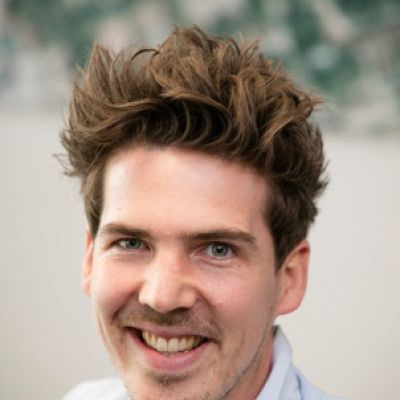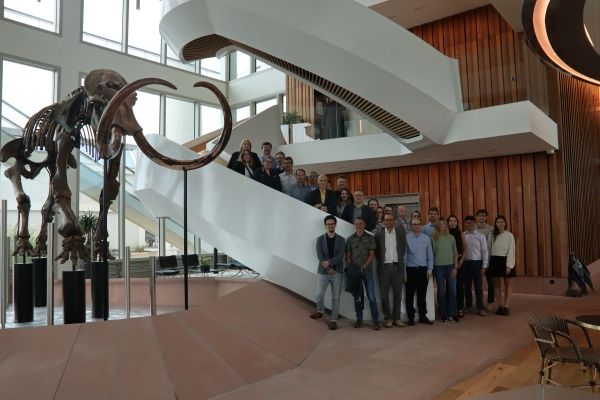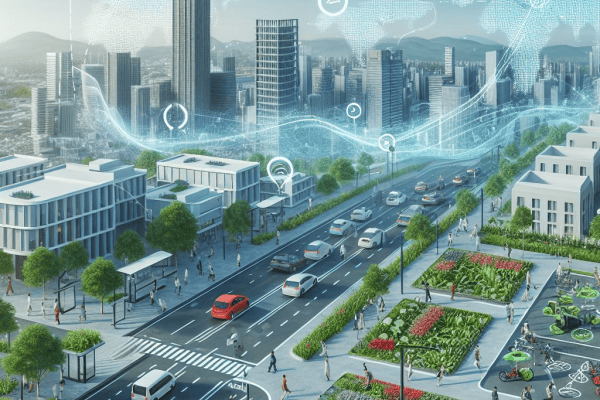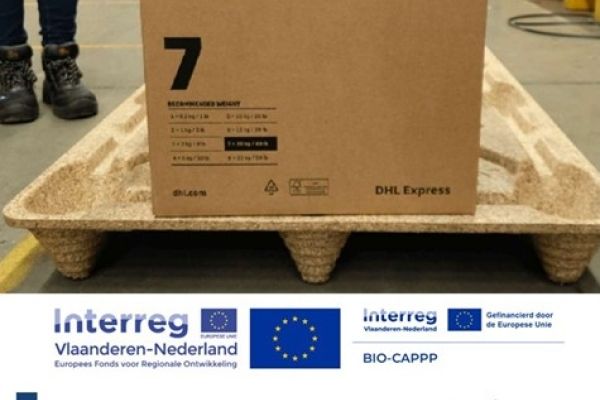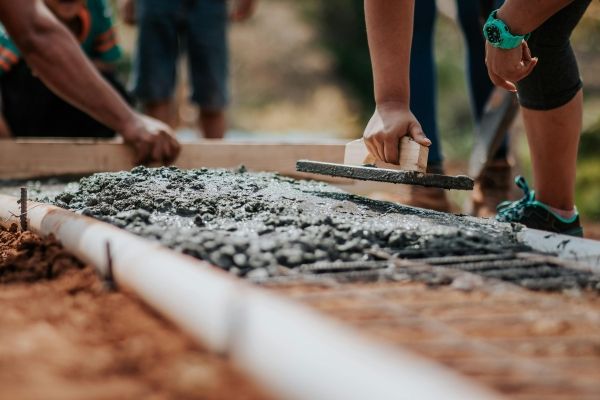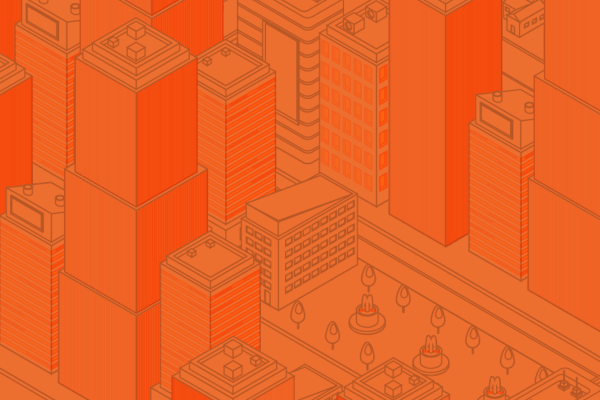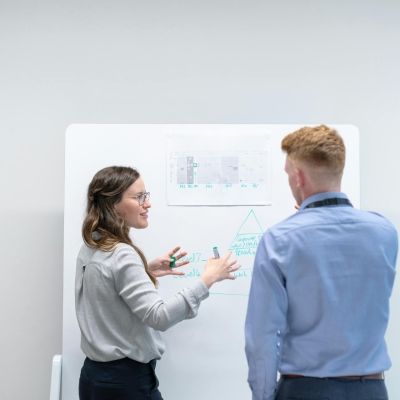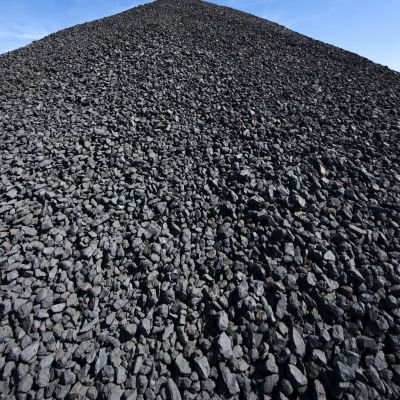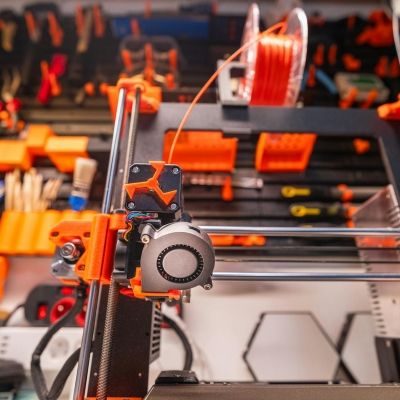A chemistry treasure hunt, now customised for all Flemish schools, companies and local authorities
In the augmented reality game app ResourCity, developed by VITO, you don’t hunt Pokémons with your smartphone, but the chemical elements in your environment. As such, you can discover what fabrics and materials are hidden in the playground, in historical buildings or near businesses, now or in the past. For schools, it is a handy, interactive learning tool, proposed by VITO free of charge. But companies and local authorities can also use the game app to highlight their connection not only with chemistry but also with sustainability and circularity. They can even become ambassadors of one or more elements from the Periodic table.
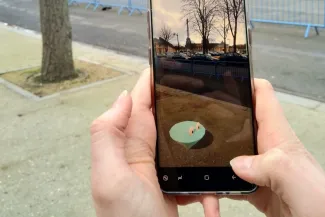
ResourCity was launched back in September 2018. The goal of the VITO developers was to use an augmented reality gaming app to introduce people, and especially young people, to a circular economy, where resources and raw materials are reused as often as possible in high-quality applications. The app sends players on a hunt for chemical elements in their environment, similar to the ever-popular gaming app where you have to catch Pokémons. The elements to look for in augmented reality also have a physical connection to the local context, either from now or the past. A church built from sandstone, for example, may incorporate the element silicon, as it is one of the chemical building blocks of this stone. Likewise, the element zinc may be found near a factory that processes this metal.
Launched 5 years ago, ResourCity was a success. The gaming app was immediately downloaded hundreds of times, and from the experience of players, it proved to be an attractive platform for scientific outreach, specifically for knowledge and facts about chemistry and sustainability. Early adopters included several cities and municipalities, including Antwerp, Mechelen and Mol, where VITO is based. The (tourism) services of these destinations used the app to direct residents as well as visitors to places where they could find a fun and locally inspired chemical fact.
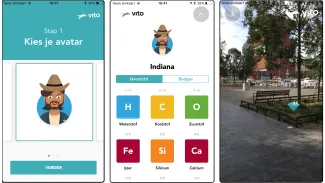
Customisable versions
January 2023 marked a new chapter in ResourCity’s story. That is when VITO started offering teachers free access to the app’s management system. This allows them to place chemical elements themselves in augmented reality wherever they want. Teachers can also customise the facts behind the elements if they wish, according to their curriculum goals. ‘We plan to continue rolling out ResourCity in this way and make sure it has even stronger local anchoring, tailored to the target group,’ explains Philip Marynissen of VITO.
Interested teachers can register via the ResourCity website (see below), after which they will receive a free user licence. Marynissen: ‘ResourCity was developed as a convenient and above all interactive learning tool that is a worthy addition to the current range of STEM resources and activities in education. After all, we are surrounded by chemistry in materials, which we constantly use, consume and reuse. Via the gaming app, students also learn about chemistry in a smart way. This also gives us a strong content link to VITO, where building and spreading knowledge about sustainability and circularity are in the DNA.’ In collaboration with education experts from Good Planet, VITO has also put together a ResourCity teaching package. This is useful in chemistry, geography and science lessons, but it also ventures into economics, history and music.
Teachers who want to get started with the gaming app can therefore choose where their students need to go to look for chemical elements: in the school environment but also outside; during class time (for example, during an original lesson outside) or as homework that can be done while walking. Teachers can use the app’s management system to edit the facts that appear when a student has caught a new element, or unlocked a ‘badge’ by correctly building a molecule in the app’s lab function. That way, they can design the app as they see fit. VITO has already incorporated standard content into the app, with chemical facts from its own database, so teachers can also quickly get started with a more standardised version.

Ambassador of an element
There were initially 15 different elements to capture in the world of ResourCity. Bearing in mind there are 118 elements in the Periodic Table, there is still a lot of room for expansion. And for this expansion, VITO is relying on local governments and companies. Indeed, they can become sponsors and ambassadors of a new chemical element of their choice. In this way, they can highlight their special connection with the element, not only in schools in their own neighbourhood, but throughout Flanders and soon all over Belgium and even beyond.
Various cities and municipalities have already started using the app to map out their own chemical treasure hunt in augmented reality within their territory. For example, via ResourCity, they have given students but also tourists insight into their unique sustainability projects. During the corona pandemic, when many people (re)discovered the joys of walking, Leuven and Herentals seized that opportunity. Anyone planning to go on a hike in Leuven better have good legs, with a treasure hunt no less than 12 kilometres long with dozens of chemical elements to catch along the route.
But the very latest extension of ResourCity is that companies can use the app to put themselves in the spotlight in an original way - with customers, staff, new employees or local residents, but equally with young people during school visits. ‘Most companies, especially in industry, have a specific link to materials and chemistry,’ explains Marynissen. ‘They can now show this connection with one or more specific chemical elements in an easily accessible, fun way, by becoming an ambassador.’ Various Flemish companies have already shown an interest in letting local residents and pupils discover their circular strategies such as reuse and recycling in a fun way.
A company licence, which you need to personalise ResourCity, comes at a limited cost. VITO uses this revenue to continuously improve, expand and spread the app around the world. Along with the licence, companies also get an extensive communication kit and technical support. And as an option, they can also put themselves on the map as ResourCity ambassadors by claiming one or more chemical elements exclusively and having them added to the existing set of catchable elements in the app. Sponsoring companies will also benefit from temporary additional visibility. ‘A wind turbine installer, for example, can claim the element neodymium, which is crucial in the electromagnets of wind turbines,’ explains Marynissen. Once again, more info can be found on the terms of the ambassadorship on the ResourCity website.
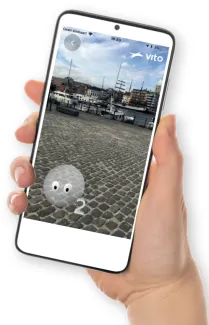
Meanwhile, VITO also has international ambitions with ResourCity. Interest was already shown from Taiwan, Denmark and France. Translations into English and French are in the pipeline, and will be implemented with support from the Ernest Solvay Fund, managed by the King Baudouin Foundation. There are no more limits to discovering chemical elements in a sustainable and circular economy!




